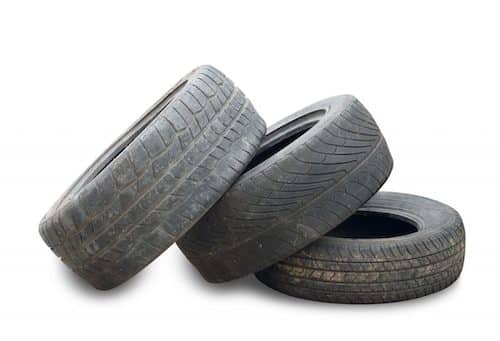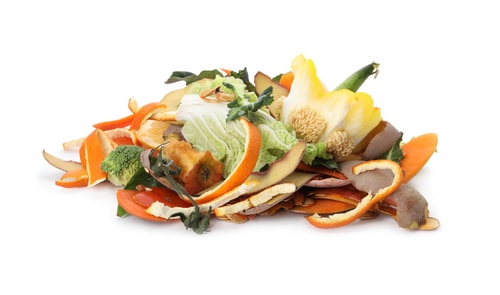Turning Food Waste into a Community Resource 🥕🍂
Food waste is one of the largest, yet most underutilized, waste streams in our region and across the U.S.—nearly 60 million tons annually timetorecycle.org+5timetorecycle.org+5timetorecycle.org+5. But thanks to Time to Recycle and local partners, organizations in STW now have clear, environmentally beneficial alternatives to throwing scraps in the trash.
1. Start with Waste Reduction & Donation
Reduce food waste at the source: Plan menus, store food properly, and educate staff and volunteers—prevention is the top step on the waste hierarchy .
If food is still edible: Work with hunger relief organizations to donate excess produce, supporting community wellbeing and reducing landfill-bound waste foodandwine.com+12usda.gov+12theguardian.com+12.
2. Compost Scraps via Certified Facilities
Two Class‑2 composting facilities serve local businesses and groups:
Earth ’n Wood (North Canton)
Paradise Compost (Wooster) timetorecycle.org+2timetorecycle.org+2timetorecycle.org+2.
The Food for Fertilizer Program at Earth ’n Wood allows drop-off of kitchen scraps, paper towels, and compostable products using 5-gallon buckets—just $5/bucket. You take home nutrient-rich compost and even get a coupon for landscaping supplies timetorecycle.org.
3. Partner with Commercial Pickup & Composting Services
For larger volumes, organizations can contract with composting haulers or specialized firms that collect food waste onsite, then deliver it to facilities for composting, anaerobic digestion, or even animal feed and biogas production frescoenvironmental.com.
4. Launch a Recycling Program with Support
Through the Time to Recycle District, you can access a step-by-step guide for planning, training staff, and coordinating with haulers for recycling—including compost bins and signage timetorecycle.org+2timetorecycle.org+2timetorecycle.org+2.
Explore food-waste grants from Ohio EPA and other local sources to cover compostables bins, education campaigns, or pilot programs .
5. Track Progress & Showcase Impact
Measure and report on pounds of food diverted, compost produced, and donations made. Highlighting successes enhances reputation and encourages public trust epa.gov+5rubbermaid.eu+5timetorecycle.org+5.
Align with national goals like the USDA/EPA 2030 Food Waste Reduction Goal to cut food waste 50% timetorecycle.org+7epa.gov+7axios.com+7.
Your Next Steps
Assess your current food-waste streams.
Engage staff and volunteers on why composting matters—for climate, soil health, and your budget.
Set up compost drop-off or arrange hauler service.
Apply for grants with the Ohio EPA to offset costs and purchase bins.
Share results with your community via newsletters, signage, and social media.
By embracing composting and donation, organizations in Stark, Tuscarawas, and Wayne Counties can dramatically reduce landfill waste and build thriving, resilient communities—one bucket at a time!


